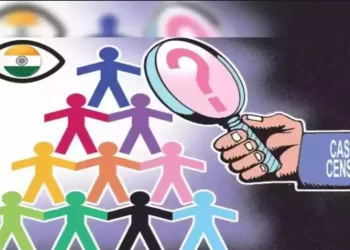Sethuraman L
Introduction: The Israel-Palestine conflict, etched into the annals of history, is a complex and enduring struggle that transcends generations. Its roots delve deep into a tapestry woven with the threads of historical events, political decisions, and the ambitions of two nations. This article embarks on a comprehensive journey, aiming to illuminate key milestones and present the current status of this persistent dispute.
Historical Roots: The inception of the Israel-Palestine conflict is a matter of historical interpretation, with divergent views depending on the chosen lens. Some trace its origins back to the Roman era, while others point to the late nineteenth-century exodus of Jewish communities from Eastern Europe to the Ottoman Empire to escape persecution. The Balfour Declaration of 1917, endorsing a “national home for the Jewish people” in Palestine, and ensuing clashes with Arab communities, are acknowledged as pivotal. However, the 1947 United Nations resolution, dividing the British mandate of Palestine into Arab and Jewish states, is widely considered a watershed moment.
The Nakba and Its Aftermath: The establishment of Israel in 1948 marked a turning point, unleashing the Nakba, where approximately 700,000 Palestinians were expelled or fled, constituting a catastrophic event. Those who remained faced official prejudice, military rule, and economic challenges. The formation of the Palestine Liberation Organization (PLO) in 1964, led by Yasser Arafat, aimed at establishing an Arab state.
Occupation and Intifadas: The 1967 Six-Day War saw Israel gain control of the West Bank, East Jerusalem, Gaza Strip, Sinai Peninsula, and the Golan Heights. This occupation persists, with the West Bank under Israeli military authority. The 1987 intifada marked a shift in Palestinian resistance. The Oslo peace process in 1993 established the Palestinian National Authority but faced challenges, leading to the 2000 intifada.
Gaza: Disengagement and Hamas: Ariel Sharon’s 2005 disengagement from Gaza closed Israeli settlements, yet Gaza’s status remains contentious. Israel claims it’s not occupied but controls airspace, waterways, and access points. Hamas, born from social services provided by Islamist organizations, rose after the 2006 elections, leading to internal conflicts and an ongoing blockade.
International Perspectives: International responses to the conflict vary. The United States and Western nations traditionally support Israel, while Russia, China, and Iran take different stances. Recent events underscore geopolitical complexities, with each side receiving varying degrees of support.
Current Realities and Humanitarian Concerns: As of now, the Israel-Palestine conflict persists, with scant progress toward a two-state solution. Benjamin Netanyahu’s leadership and a shift toward far-right ideologies raise concerns. Recent violence claims lives on both sides, propelling the conflict into uncharted territory. The loss of over 2,535 Israelis and more than 20,400 Palestinians intensifies the urgency for a just resolution. Humanitarian concerns loom large, with lives disrupted, families torn apart, and communities enduring the weight of protracted conflict.
Conclusion:
Deeply rooted in history, marked by displacement, resistance, and geopolitical complexities, the Israel-Palestine conflict demands a comprehensive and just resolution. As the world bears witness to ongoing struggles and the toll of human lives, the imperative for international support, understanding, and dialogue becomes paramount, navigating the intricate web of historical grievances and paving the way for a sustainable future for both Israelis and Palestinians. The enduring truce of short duration in between the two military for us has pointed an air of hope.









